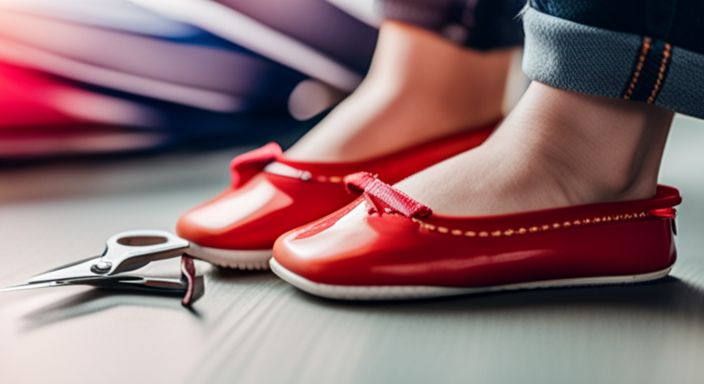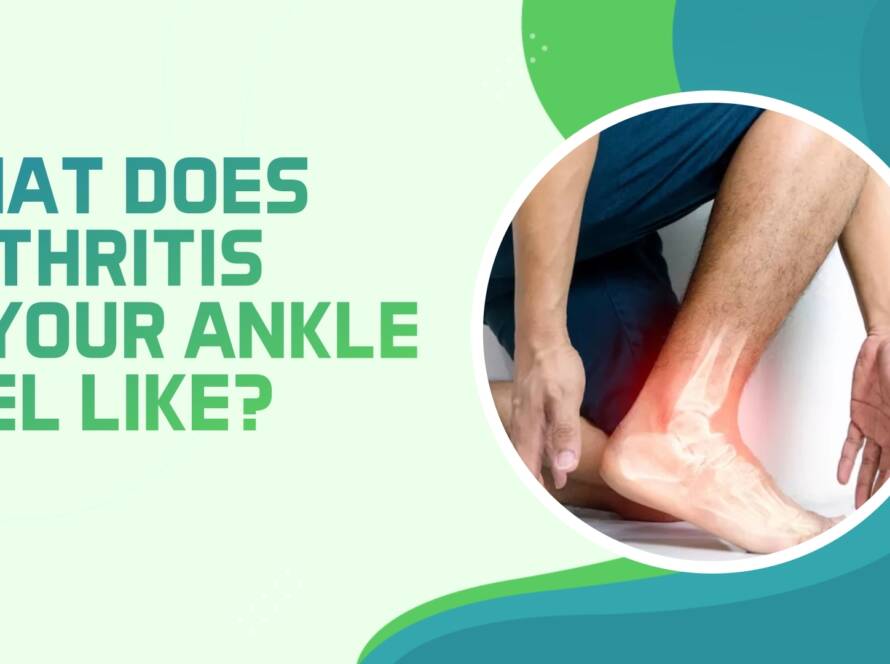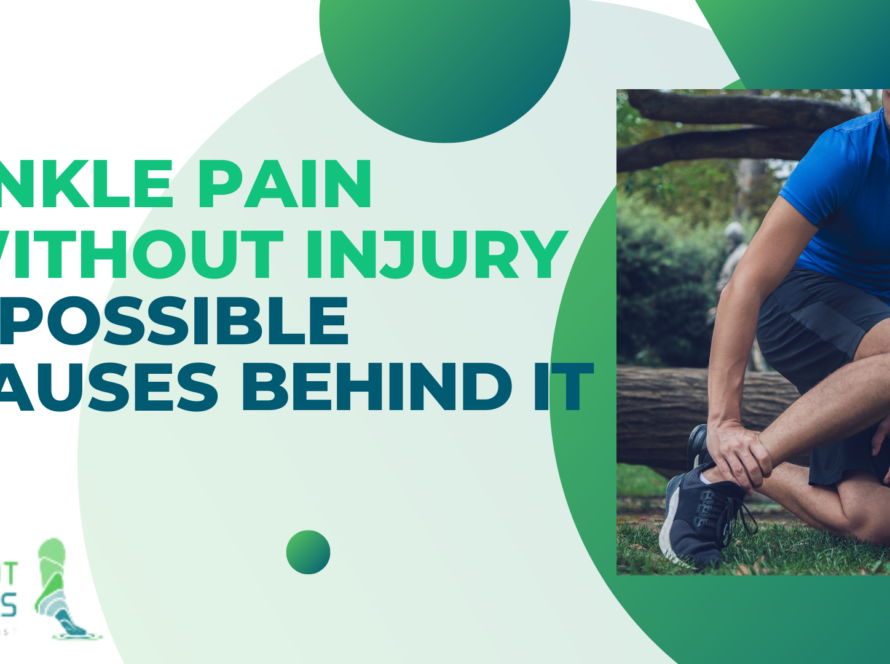
Ingrown toenails can be a real pain, particularly for children. A child’s limping or sore toes could be the result of an ingrown toenail. This prevalent foot problem isn’t only annoying; it can worsen if left untreated.
A child’s ingrown toenail can be caused by tight shoes or having their nails cut too short. What causes these painful toes? How can you recognize them? And most importantly, what can you do to treat them? This article will show you how.
We have all the information you need, from easy at-home cures to how to know when to see a doctor. Also, we’ll give you some preventative measures to take so your kid can run and play again without any problems with his or her toes. Be sure to stay for the full scoop!
Understanding Ingrown Toenails in Children
Definition:
Ingrown toenails in children occur when the nail’s edge grows into the toe skin, causing pain, redness, and swelling. Factors contributing to this condition include tight shoes, naturally curved toenails, toe injuries, excessive sweating, nail infections, and congenital onychocryptosis. Children with these conditions are more susceptible to ingrown toenails, and may also experience toe injuries, excessive sweating, and nail infections.Causes:
Ingrown toenails in children can be caused by various factors, including tight or narrow shoes, shortening of toenails, poor fitting shoes, and injuries to the toe. Internal factors like excessive sweating, nail infections, and naturally curved toenails also contribute to the development of this condition. Therefore, it is crucial to prioritize the use of appropriate footwear to ensure the well-being of children’s feet and prevent the development of this unpleasant condition.Symptoms:
Children who have ingrown toenails may develop a noticeable limp because of the discomfort they experience. In addition, you might notice some swelling and redness around the affected toe, which could be a sign of discomfort in that area. As the level of discomfort increases, wearing shoes can go from being uncomfortable to completely unbearable for them.
In certain situations, you might observe the appearance of yellow fluid or pus near the toenail, indicating an infection caused by the ingrown nail penetrating the skin. It’s important to address these symptoms promptly, as they can indicate a developing issue.
When these signs appear, it is crucial to take proactive measures to prevent ingrown toenails. It’s important to keep a close eye on your child’s toes to catch any potential issues as soon as possible. By taking prompt action, you can reduce the chances of more severe complications, such as intense infections that may limit their ability to enjoy activities and play.
Risk factors:
Ingrown toenails in children can be caused by various risk factors. Many times, trimming their toenails too much or wearing shoes that don’t fit properly can be common causes. Along with this, injuries to the toes and continuous pressure on them can worsen this condition. If home remedies don’t work within a week, it’s important to seek medical attention right away. Taking these measures can help avoid the onset of more severe complications and guarantee the child’s foot health.
Treatment Options for Ingrown Toenails in Children
When it comes to dealing with ingrown toenails in children, there are a range of treatment options available, from non-surgical to surgical interventions.
Childhood ingrown toenails: General outlook and final thoughts
Podiatric care is crucial for children with ingrown toenails, which can be managed through home treatment or specialized care. Home remedies like soaking and lifting the nail can alleviate discomfort and promote healing. However, severe cases may require podiatric care.


